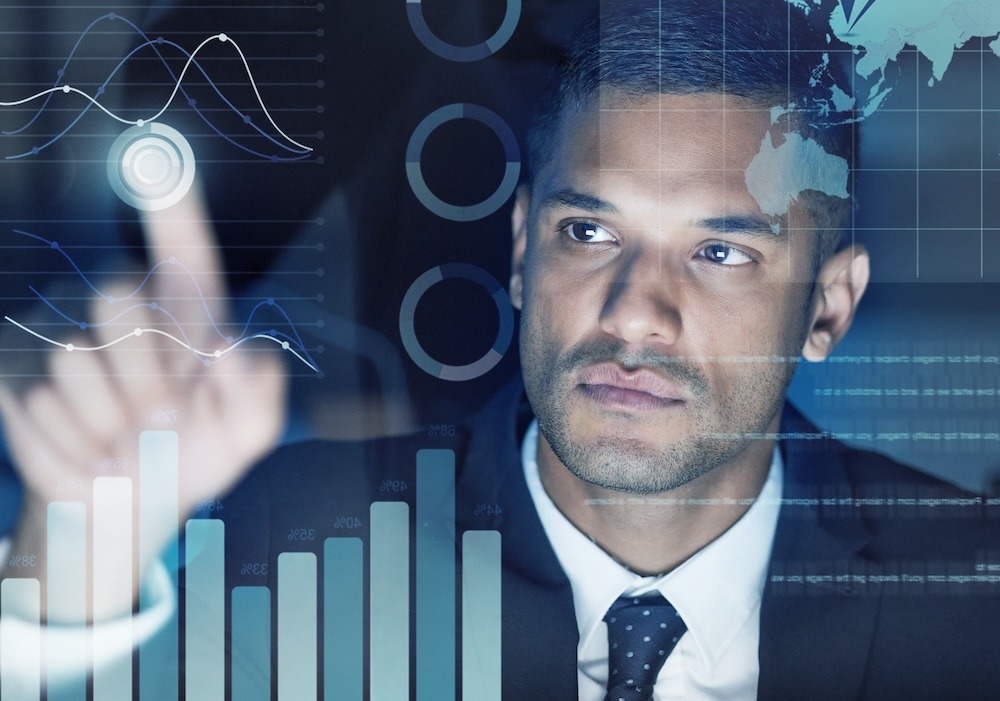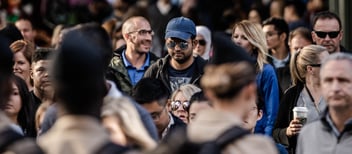One of the most valuable resources for making informed decisions is data—and one of the most powerful yet often underutilized types of data is footfall data. By analyzing historical people counter data, businesses can uncover patterns that not only explain past behaviors but also predict future trends, allowing for smarter decision-making and resource allocation.
What Is People Counter Data?
People counter data refers to information collected by devices installed at strategic locations in a business, such as entrances and exits, to count the number of people passing through. This data is particularly useful for retail stores, shopping malls, museums, event venues, libraries, and other spaces where tracking visitor numbers can offer insights into operational efficiency, customer engagement, and marketing effectiveness.
But the real magic happens when historical footfall data is collected over time and analyzed for trends. Retailers and businesses can begin to identify predictable cycles in customer behavior, ranging from daily and weekly fluctuations to seasonal shifts and holiday-related spikes. These insights can inform not just immediate staffing or inventory decisions, but long-term strategies aimed at maximizing growth and profitability.
The Power of Historical Data for Predictions
By leveraging historical footfall data, businesses can:
1. Optimize Staffing Levels
Foot traffic data helps businesses predict how many employees are needed on a given day or time. For example, analyzing past data may reveal that stores experience a surge in customers on Friday afternoons, allowing management to schedule additional staff during those hours. This ensures optimal customer service without overstaffing during slower periods.
2. Enhance Marketing and Promotions
Historical footfall data can also guide marketing efforts. If past data shows a consistent increase in visitors during certain holidays or local events, businesses can plan targeted promotions, sales, or advertising campaigns to capitalize on these periods. Data-driven marketing can lead to increased foot traffic, higher conversions, and better ROI.
3. Improve Inventory Management
Inventory optimization is a key challenge in retail. Knowing when customers are most likely to shop can help businesses prepare stock levels accordingly, preventing both overstock and understock situations. If footfall analytics reveal a significant surge of customers around major events or during a particular season, businesses can ensure they have enough stock of the most popular items at the right time.
4. Inform Store Layout and Design
Footfall data isn’t just useful for predicting when customers will show up—it also offers clues on how they move through a space. By examining patterns of movement within a store, businesses can optimize store layout to direct traffic toward high-margin products or create a more seamless shopping experience.
5. Plan for Future Expansion
For businesses with multiple locations or those looking to expand, historical people counter data offers an invaluable tool for identifying potential new locations. By analyzing data across different stores or areas, businesses can predict which regions are most likely to see future growth. This reduces the risks associated with opening new stores or expanding operations.
Predictive Footfall Analytics: Taking Data to the Next Level
Collecting historical data is just the beginning. To truly unlock the potential of footfall analytics, businesses need tools capable of transforming raw data into actionable insights. That’s where predictive analytics comes in. By applying advanced algorithms to historical data, predictive models can forecast future footfall trends with remarkable accuracy.
One company leading the way in this area is Vemco Group, a pioneer in footfall analytics. Vemco Group specializes in turning people counter data into predictive insights that help businesses prepare for what’s to come. Their predictive footfall analytics use machine learning and advanced statistical models to forecast future traffic patterns, allowing businesses to plan proactively rather than reactively.
For instance, Vemco’s predictive analytics can help retailers anticipate not just how many customers will walk through the door on a given day, but also what times will be the busiest, what demographic groups are most likely to visit, and how external factors like weather or local events might impact footfall. This forward-looking approach enables businesses to make better staffing, inventory, and marketing decisions, all based on solid, data-driven insights.
Real-World Application: Boosting Retail Performance
Consider a retail chain with multiple locations. Using predictive footfall analytics, the chain can analyze past foot traffic data from each store, uncovering patterns such as weekday peaks, holiday surges, or shifts in customer demographics. By feeding this data into predictive models, the business can accurately forecast foot traffic for the coming months. With this information, they can ensure that each store is adequately staffed, stocked, and prepared for upcoming events.
Moreover, predictive footfall analytics from companies like Vemco Group help retailers prepare for external variables that could affect traffic. For instance, if the data shows that a nearby festival usually brings in 20% more customers, the store can plan special promotions or extend hours to accommodate the influx.
Conclusion
Historical people counter data offers oceans of insights that businesses can use to optimize operations, improve customer experiences, and plan for the future. By applying predictive footfall analytics, businesses can take this data to the next level—anticipating customer behavior, refining strategies, and making data-driven decisions that boost overall performance.
Companies like Vemco Group are at the forefront of this shift, providing powerful tools that transform historical footfall data into actionable insights for the future. By leveraging these predictive analytics, businesses can gain a competitive edge, making smarter decisions that fuel growth and profitability in an increasingly data-driven world.





